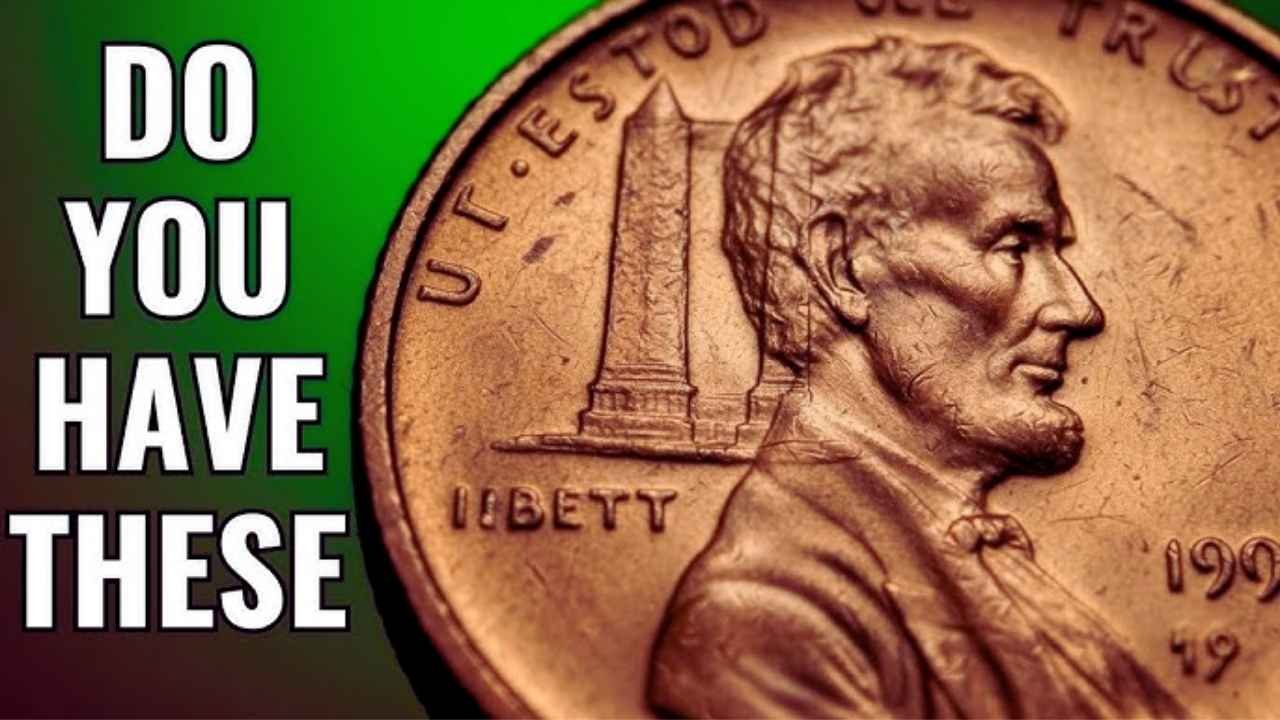Ever sift through a pile of old coins and wonder if one might be a hidden gem? The Lincoln Wheat Penny, that familiar one-cent piece with wheat stalks on the back, has folks buzzing again. Introduced over a century ago, most are worth just a cent or two. But a rare 1914-D version recently grabbed headlines, selling for up to $49,000 at auction. With billions still tucked away in jars or slipping through registers, experts say a big find isn’t impossible. As hobbyists dig deeper amid rising interest in collectibles, this story reminds us that fortune could lurk in the smallest change.
A Coin That Honors a Hero
The Lincoln Wheat Penny hit the scene in 1909, marking the 100th birthday of Abraham Lincoln, the president who steered the nation through the Civil War. Before then, pennies featured Lady Liberty or eagles—no real faces. Designer Victor David Brenner put Lincoln’s profile on the front, with those two wheat ears waving on the reverse, symbolizing growth and plenty. The U.S. Mint cranked out tons of them until 1958, when the design switched to the Lincoln Memorial. Early ones were nearly pure copper, giving them a warm reddish glow that collectors chase today. It’s more than metal; it’s a slice of everyday American life from the early 1900s.
The Magic Behind the $49,000 Price Tag
What turns a beat-up penny into a windfall? Rarity and shape. The 1914-D, stamped at the Denver Mint, had a tiny run of just 1.2 million small compared to Philly’s output that year. A pristine one, graded MS-67 by pros, fetched $49,000 last summer because it shows sharp details and no dings. Condition is king: worn coins drop to $200, but gems like this soar. Other stars include the 1909-S VDB, with the designer’s initials that got yanked after complaints, or error coins like the 1955 doubled die, where letters look fuzzy from a mint slip-up. Silver jumps in value too copper pennies from before 1982 weigh more and test non-magnetic.
Here’s a snapshot of standout Wheat Pennies and their top values:
| Penny Variety | Year | Key Feature | Top Value |
|---|---|---|---|
| 1914-D | 1914 | Low mintage | $49,000 |
| 1909-S VDB | 1909 | Designer’s mark | $100,000+ |
| 1955 Doubled Die | 1955 | Minting error | $125,000 |
| 1922 No D | 1922 | Missing mark | $50,000 |
These numbers come from recent sales yours could vary.
Spotting a Keeper in Your Stash
Ready to play detective? Grab a magnifying glass and scan the date first. Look for a tiny “D” under 1914 that’s the jackpot mark. Check weight: real coppers tip 3.11 grams on a kitchen scale. No magnet stick? It’s copper, not the steel wartime fakes. Avoid cleaning; it scratches value away. Snap pics and upload to sites like PCGS for a free peek. If it shines, rush to a local dealer they grade on a 1-70 scale, with 60-plus meaning serious cash. Real stories fuel the fire: a Florida grandma unearthed a 1914-D in her late husband’s sock drawer last year, netting $12,000 after fees. Bank rolls from old vaults sometimes cough up surprises too.
- Get started without hassle.
- Sort family heirlooms or yard sale hauls weekly.
- Join free online forums for newbie tips.
- Invest in cheap holders to protect finds.
- Track sales on auction apps to learn trends.
Keeping the Hunt Alive Today
With economic wobbles, more Americans are turning to coins as a fun side gig. Wheat Pennies never got pulled from use, so yeah, a $49,000 beauty could still ping in a vending machine. But odds are slim most circulate unnoticed. Still, the buzz from that 1914-D sale has clubs reporting more newbies. It’s not just about money; it’s connecting to history, like holding a piece of Lincoln’s grit. So next coffee run, pocket that penny instead of tossing it. Who knows? Your everyday errand might end with a millionaire’s grin.
